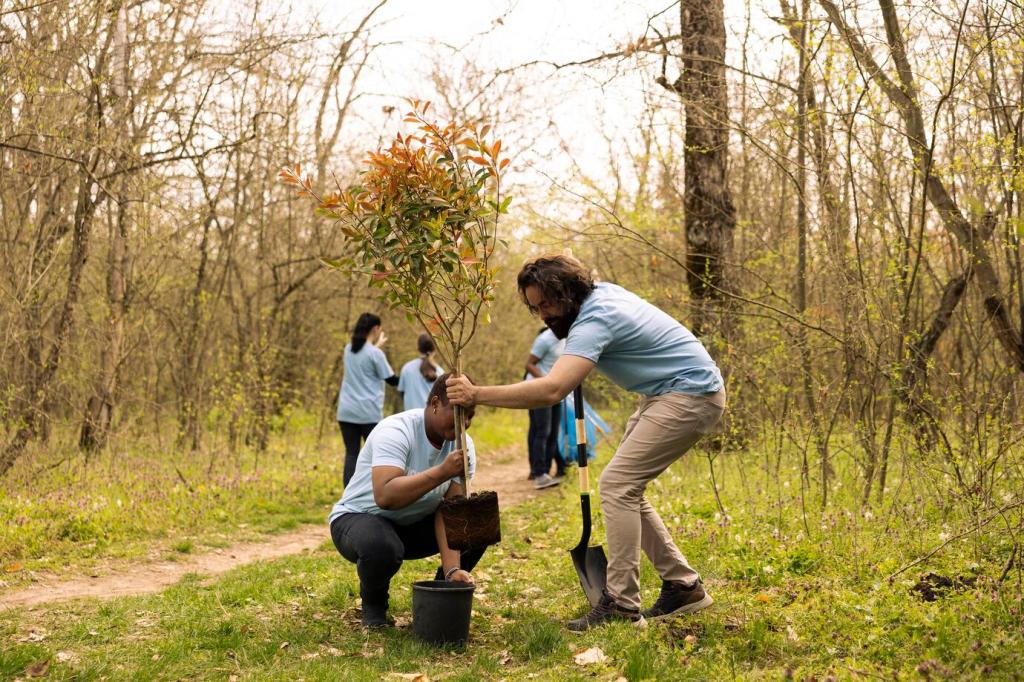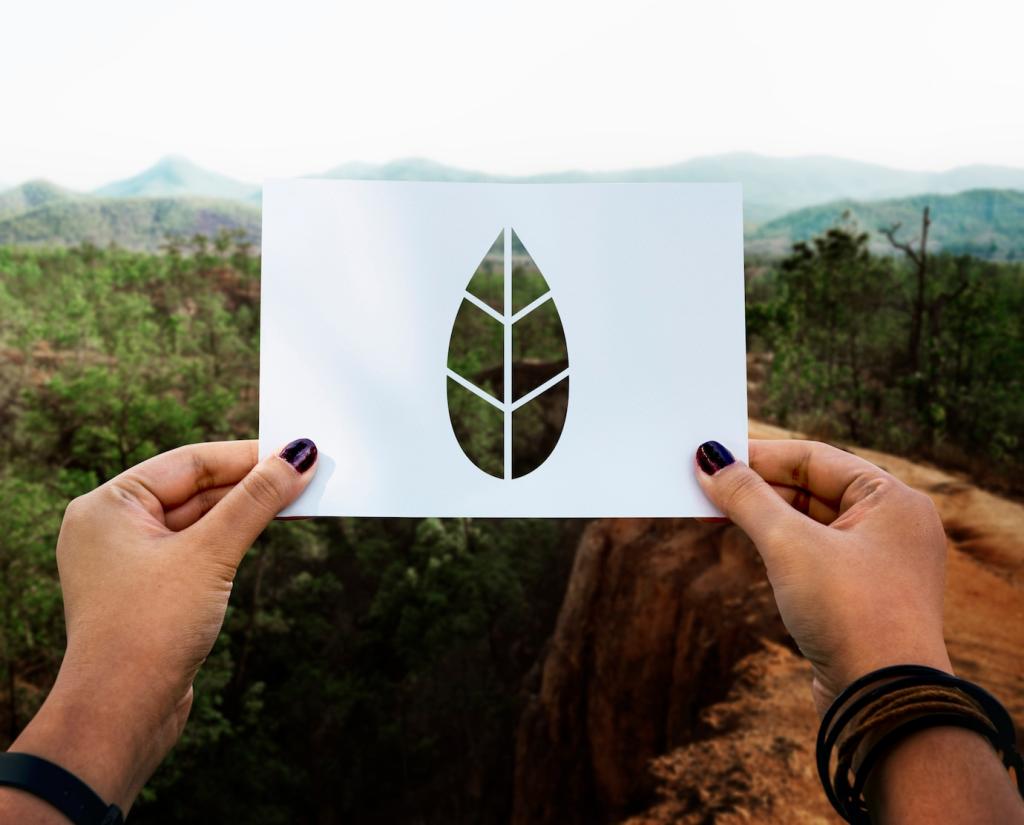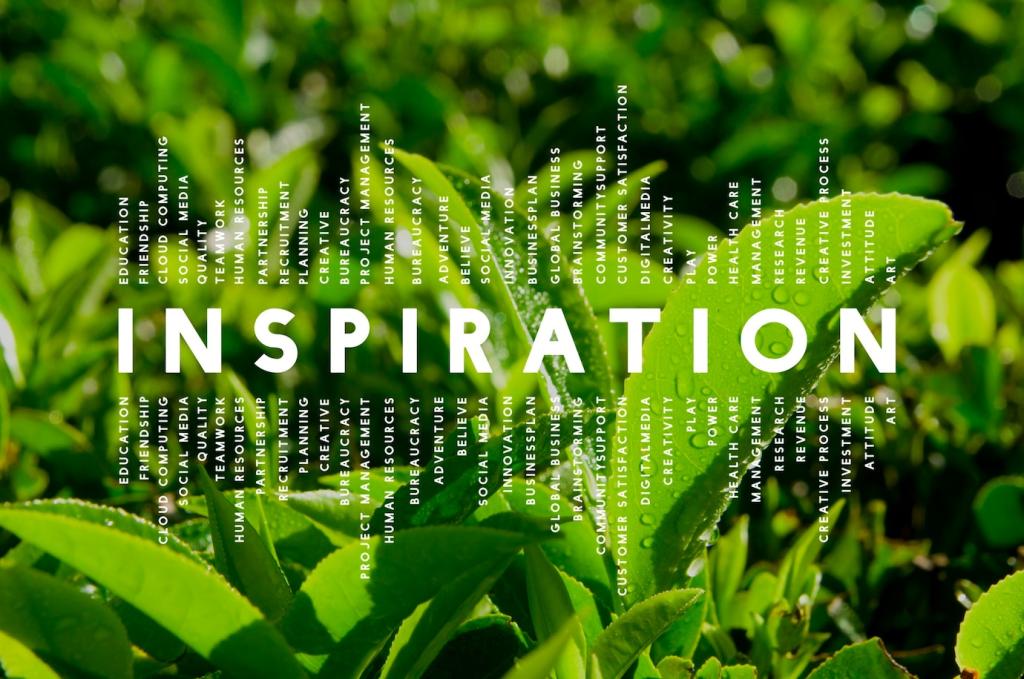Materiality and Detail: Planters, Liners, and Joinery
Pair powder-coated aluminum shells with removable HDPE liners, specify low-VOC sealers, and avoid copper where roots might contact metal. Perforated false bottoms keep roots airy, while mineral substrates lighten loads and stabilize moisture between scheduled watering sessions.
Materiality and Detail: Planters, Liners, and Joinery
Design lift-off grilles, hose bibs nearby, and discreet splash lips. Detail seams above waterlines, add sacrificial trays beneath joints, and include anchorage for trellises so vines climb architecture, not drywall. The cleanest planter is the one you planned to clean.










